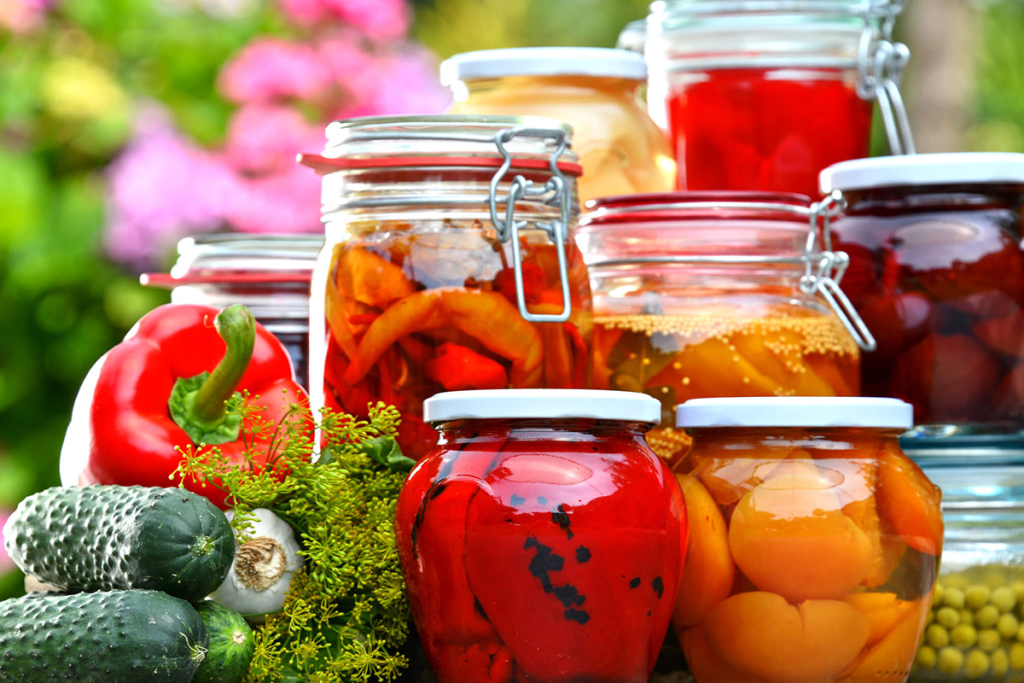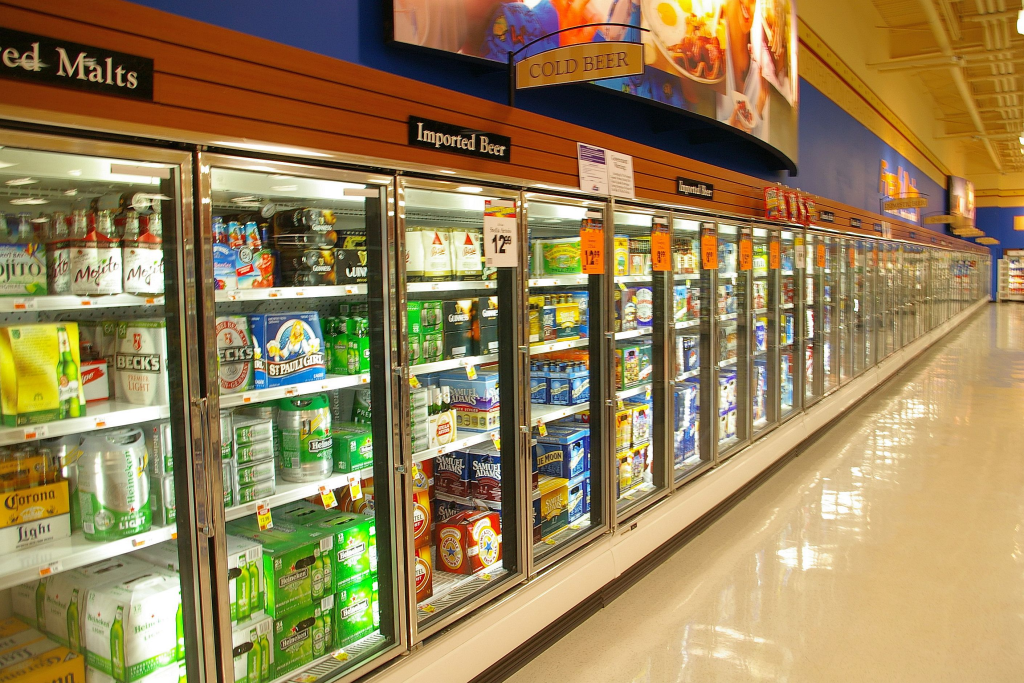Food Preservation and Spoilage
📚 Key Concepts
🔹 Microbial Food Spoilage

How Microorganisms Spoil Food:
- Bacterial growth: Rapid multiplication in favorable conditions
- Enzyme action: Breaking down food components
- Toxin production: Harmful chemicals produced
- Physical changes: Color, texture, smell changes
Favorable Conditions for Spoilage:
- Temperature: 20-40°C (optimal growth range)
- Moisture: High water content
- pH: Neutral pH (6-8)
- Oxygen: Varies by organism type
- Nutrients: Rich food sources
🔹 Food Preservation Methods

Traditional Methods:
1. Salt Preservation
- Mechanism: Dehydrates microorganisms
- Applications: Pickles, cured meats
- Effectiveness: Prevents bacterial growth
2. Sugar Preservation
- Mechanism: Creates hypertonic environment
- Applications: Jams, jellies, honey
- Effectiveness: Inhibits microbial growth
3. Drying/Dehydration
- Mechanism: Removes water needed for growth
- Applications: Dried fruits, jerky
- Effectiveness: Long-term preservation
4. Fermentation
- Mechanism: Beneficial microbes outcompete harmful ones
- Applications: Yogurt, sauerkraut, kimchi
- Effectiveness: Creates acidic environment
Modern Methods:

1. Refrigeration
- Temperature: 0-4°C
- Effect: Slows microbial growth
- Duration: Days to weeks
2. Freezing
- Temperature: Below -18°C
- Effect: Stops microbial growth
- Duration: Months to years
3. Pasteurization
- Process: Heat treatment (60-85°C)
- Effect: Kills harmful microorganisms
- Applications: Milk, juices
4. Sterilization
- Process: High heat (121°C) or chemicals
- Effect: Kills all microorganisms
- Applications: Canned foods, medical equipment
